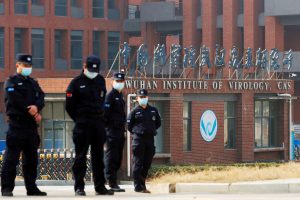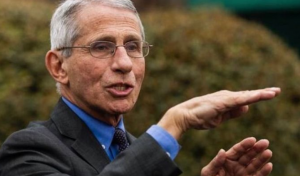India, on Saturday, began one of the world’s biggest coronavirus vaccine rollouts, a colossal and complex task compounded by safety worries, shaky infrastructure and public scepticism. Authorities aim to inoculate around 300 million of its 1.3 billion people by July – a number which is equal to almost the entire US population.
That said, the way India started its vaccination drive is interesting indeed. While some centers had beds decked with flowers and balloons, some were reportedly made to sign consent forms before receiving the vaccine.
Also Read | PM Modi launches ‘world’s largest’ COVID-19 vaccination drive: Top quotes
While the Ministry of Health and Family Welfare, in their guidelines, has said that people may encounter side-effects, Bharat Biotech, which has received a government purchase order for the supply of 55 lakh doses of Covaxin, said it will pay compensation to recipients in case of any serious adverse effects experienced after receiving the antidote.
In the consent form to be signed by the vaccine recipients, Bharat Biotech said, “In case of any adverse events or serious adverse events, you will be provided medically recognised standard of care in the government designated and authorised centres/hospitals.”
“The compensation for serious adverse event will be paid by sponsor (BBIL) in case if the SAE is proven to be causally related to the vaccine,” the consent form said.
Also Read | Centre’s guidelines for COVID-19 vaccination phase 1
In phase 1 and phase 2 clinical trials, Covaxin has demonstrated the ability to produce antidotes against COVID- 19.
However the clinical efficacy of the vaccine is yet to be established and it is still being studied in phase 3 clinical trials, the vaccine maker said.
“Hence it is important to appreciate that receiving the vaccine does not mean that other precautions related to COVID-19 need not be followed,” the consent form said.
Also read | ‘Dawaai bhi…’: PM Modi’s message to the nation as COVID-19 vaccination drive begins
The Centre, a day before the drive, in its guidelines said that the vaccine receivers will be kept in an observation room for 30 minutes before they are released. And in case that person’s health deteriorates, the medical workers are trained to attend to the situation.
Health workers, people over 50 and those deemed at high-risk are prioritised to receive one of two approved vaccines, although one of them has yet to complete clinical trials.
Also Read | All about India’s COVID-19 vaccination drive, the world’s largest exercise
“Normally, it takes many years to make a vaccine but in such a short span of time, not one, but two ‘Made in India’ vaccines are ready,” Modi said.
“The world has immense faith in India’s scientists and capacity of vaccine production.”
Authorities are drawing on their experience with elections and child immunisation programmes for polio and tuberculosis in rolling out the vaccine.
About 150,000 staff in 700 districts have been specially trained, and India has held several national dry runs involving mock transportation of vaccines.
Also Read | COVID-19 vaccination drive Live Updates
Both vaccines approved so far need to be kept refrigerated at all times, and others being developed will need to be stored at ultra-low temperatures too.
To account for this, India has readied tens of thousands of refrigeration tools — including 45,000 ice-lined refrigerators, 41,000 deep freezers and 300 solar refrigerators.
They will be sorely needed when India’s scorching summer rolls around.
Also Read | PM Modi launches COVID vaccination drive, 3 lakh to receive shots today
More than 150,000 Indians have died from COVID-19 and the economy is one of the worst-hit worldwide, with millions losing their livelihoods.






